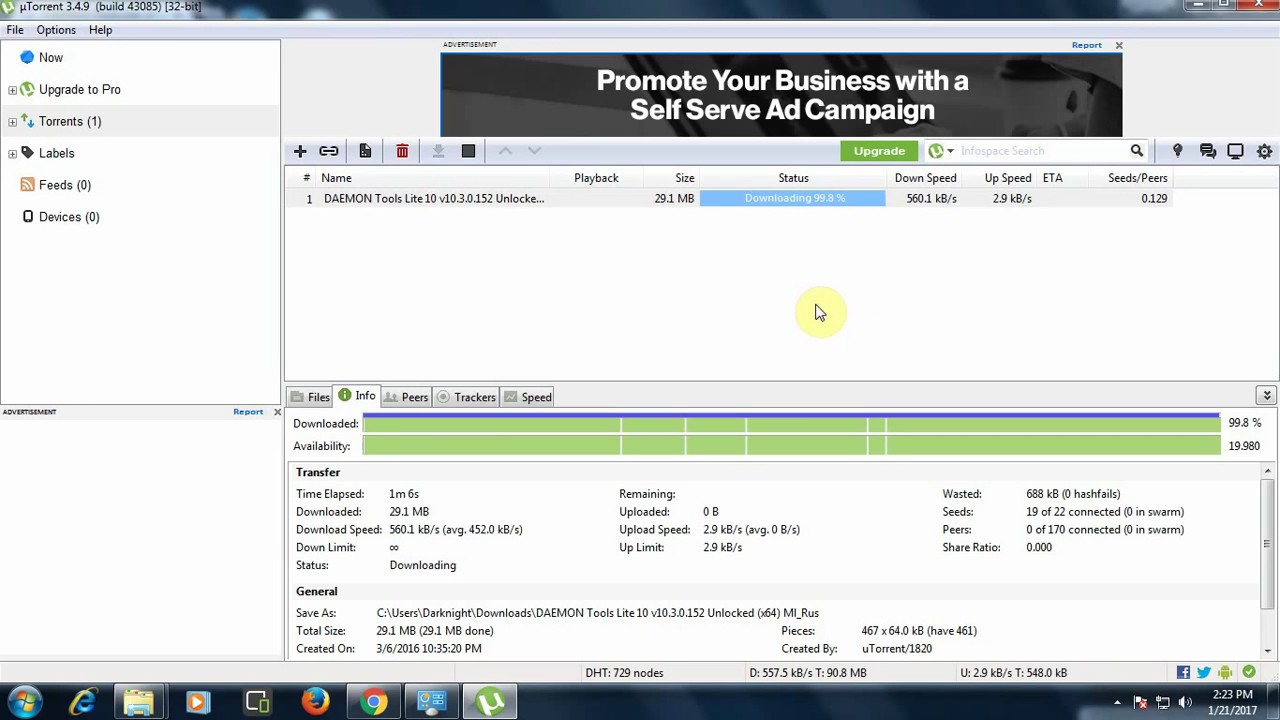

If you do not have the bandwidth to learn more about separations, freelancers that specialize in separations can help you. YouTube is another great platform to learn more about the process. Facebook groups like Rogue Printers is a great place to ask experienced printers for help. With any new technique, a printer should thoroughly research the method and practice before implementing in their shop. It's the preferred separation printing method. Since the 90’s, Simulated Process has become more prominent and widely accepted because it's easier to separate, print, and achieve the best, completed garment compared to CMYK. Simulated Process is more stable during production, resulting less misprints. Designs that are too difficult to separate in a vector program, raster images, photographs, complex tonal illustrations - all doable with Simulated Process. Essentially, it's a way of taking an image that historically would have been printed via CMYK, but instead uses more opaque ink to create a more stable color and production friendly ink that can print almost any design for any garment.

It does so by overlapping and blending colors in a method similar to CMYK through using halftones and spot colors and/or PMS colors. Simulated Process is a method used to reproduce almost any image on the market.
SIMULATED SPOT COLOR SEPARATION MANUAL

Spot color designs are usually created through the use of vector graphics programs such as CorelDRAW and Adobe Illustrator. Logos, text, cartoons, line art, and more are all styles spot colors excel at reproducing. Knowledge of creating, applying and handling spot colors is essential to any screen printer. Spot color is the most common print technique in the industry, and has sometimes been called the screen printer's best friend.
SIMULATED SPOT COLOR SEPARATION HOW TO
Need to be knowledgeable on how to properly separate colors in the correct software programs.Can be printed with plastisol or water-based inks.CMYK is implemented less because simulated printing is more dominant. For users skilled in CMYK file preparation, Photoshop, and screen creation, this is still a viable print process for light-colored garments. Using cyan, magenta, yellow and black ink, screen printers can print designs on white or light-colored garments. CMYK PROCESS (CYAN, MAGENTA, YELLOW, BLACK) WHAT IS IT?ĬMYK is the oldest, color reproduction, print method. Okay, so you’ve heard their names - CMYK, Spot Color, and Simulated Process - but what are they? What sets them apart from one another? What is the best use for each technique? Let’s go through them, one by one.


 0 kommentar(er)
0 kommentar(er)
